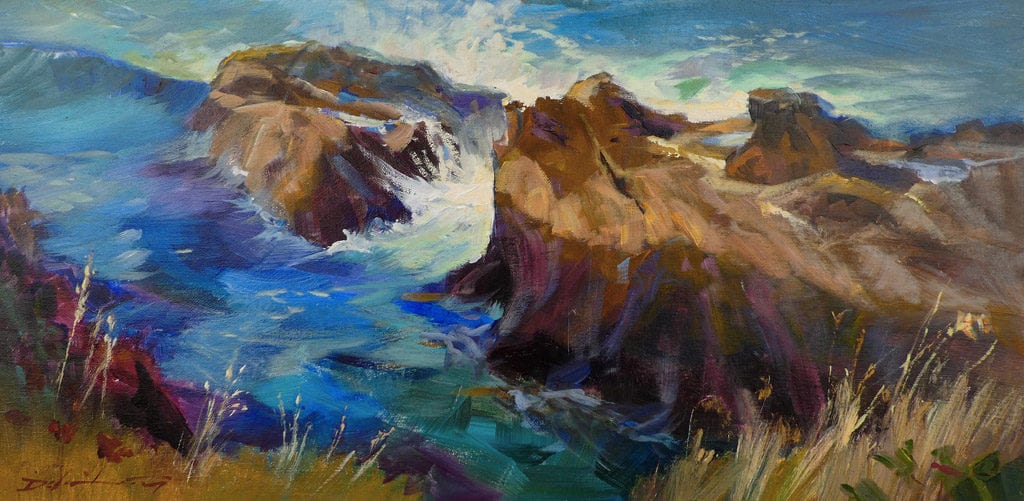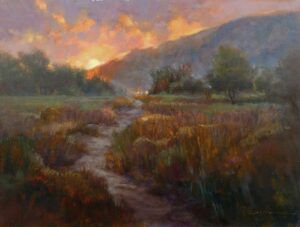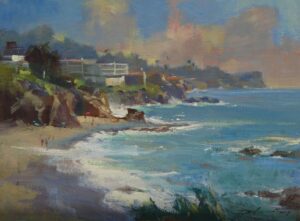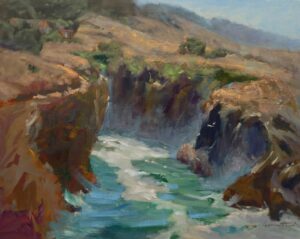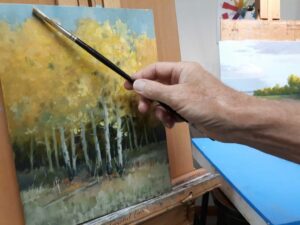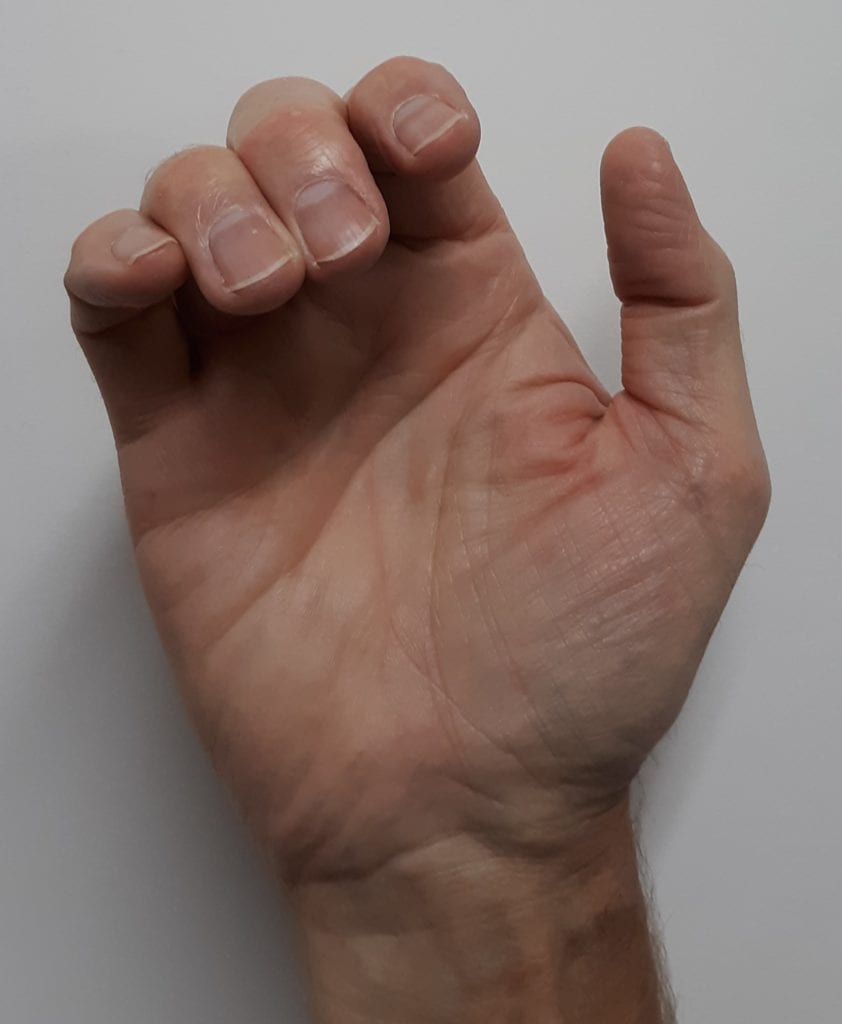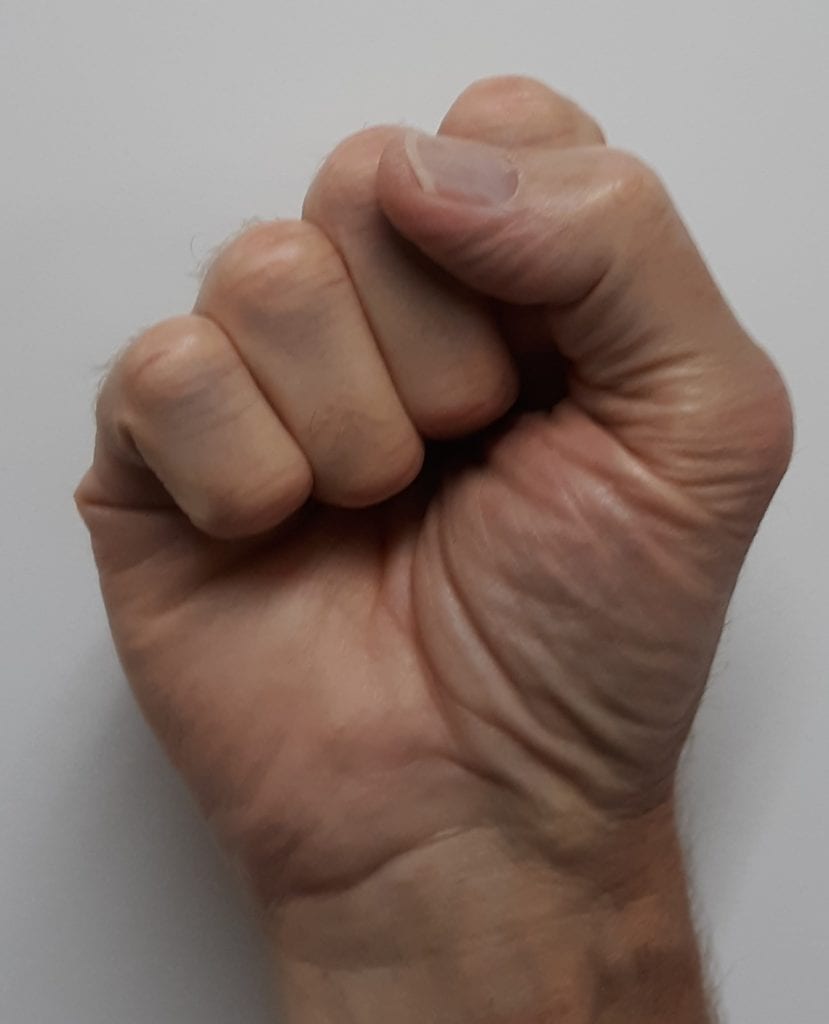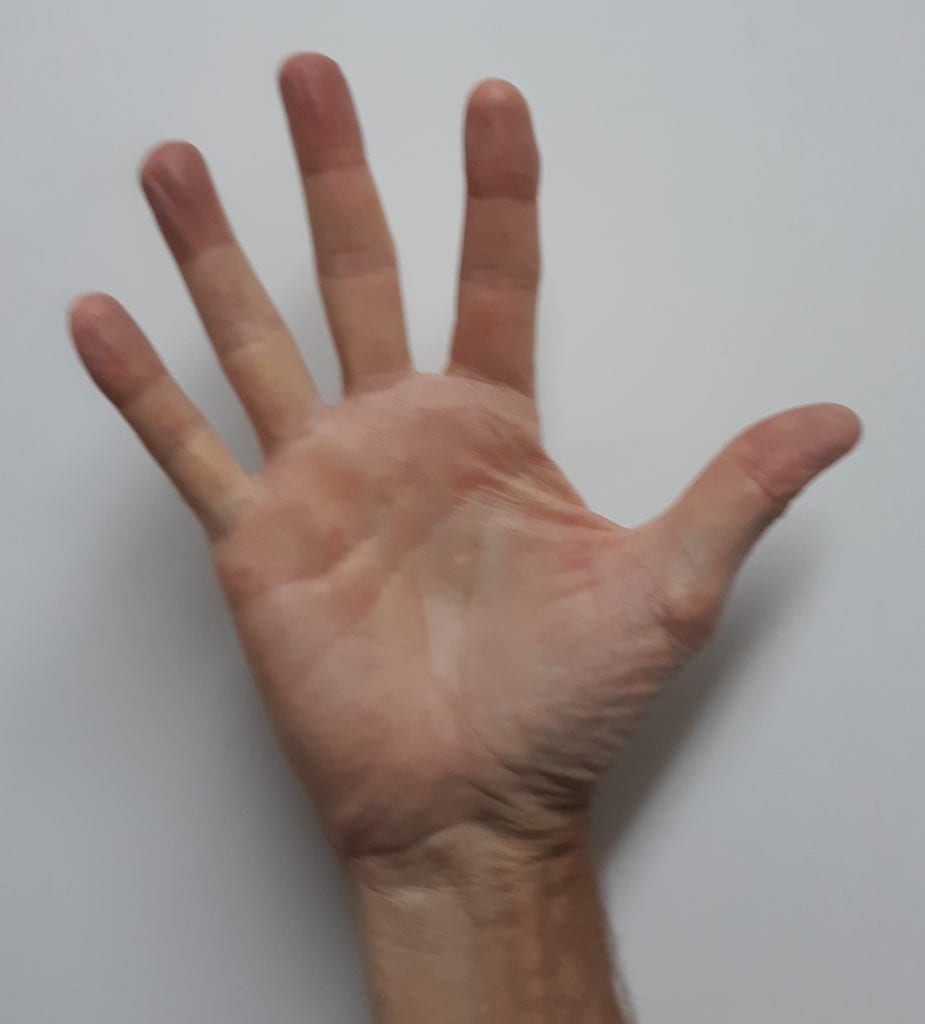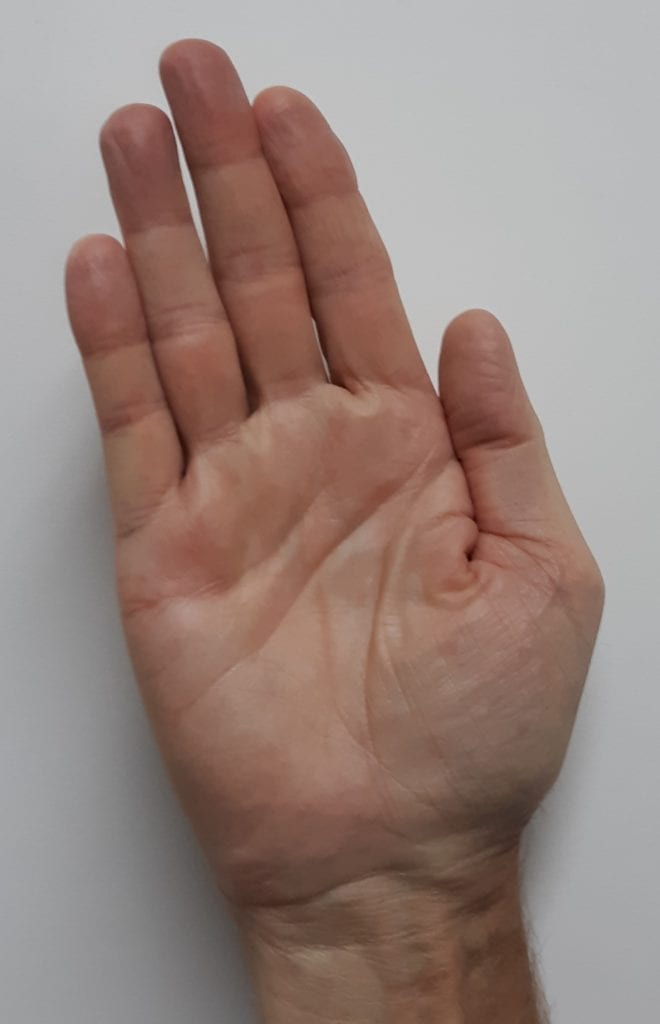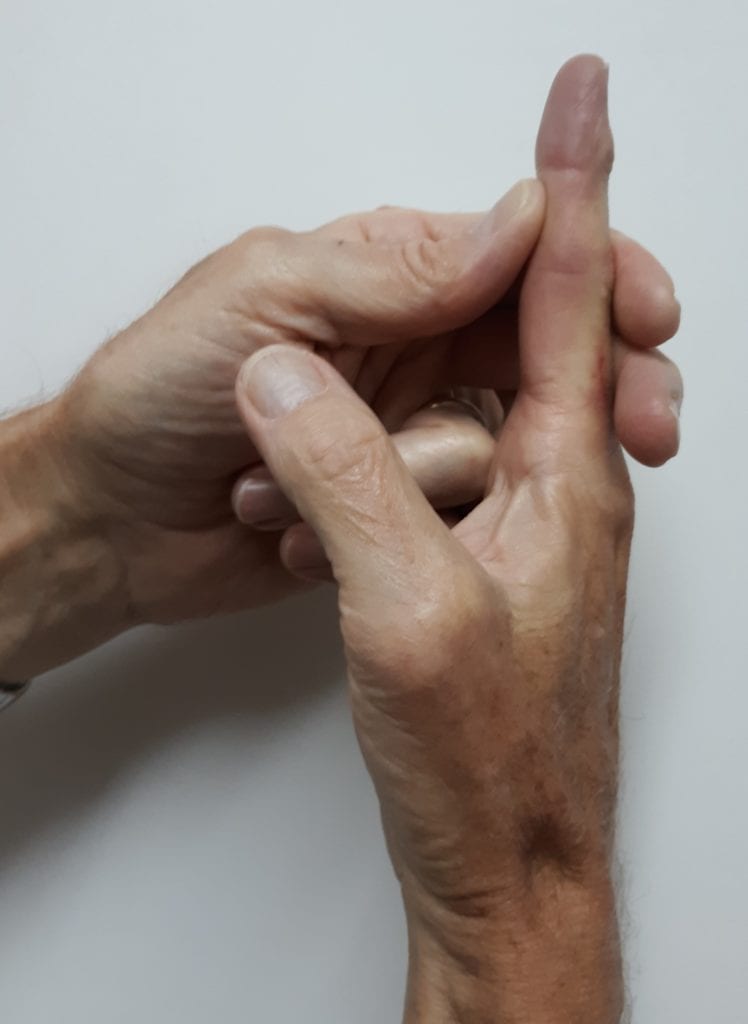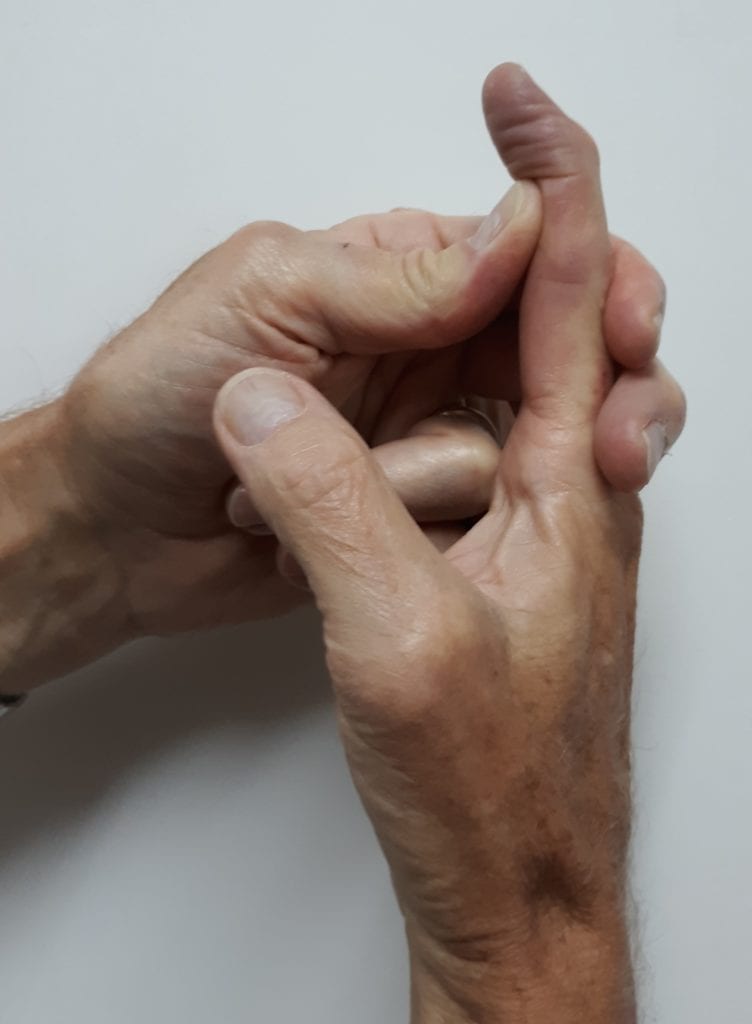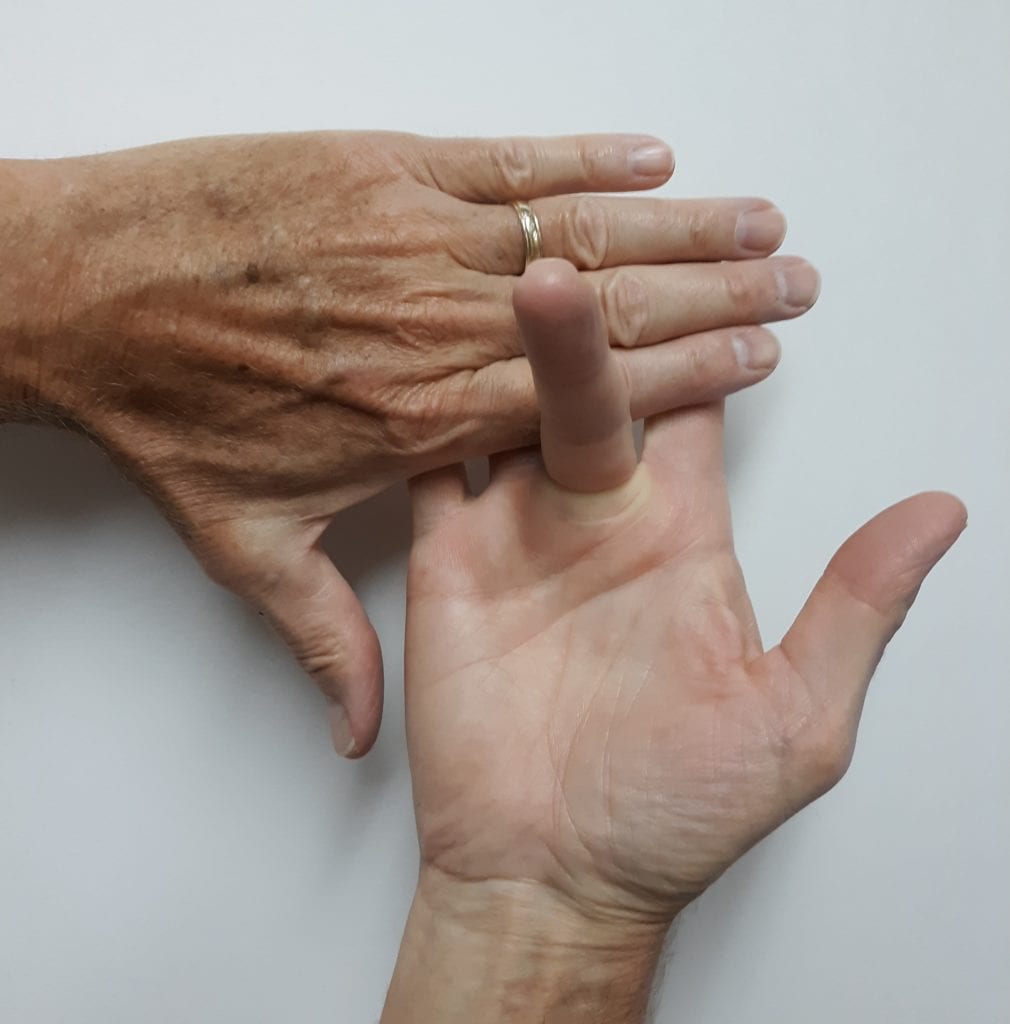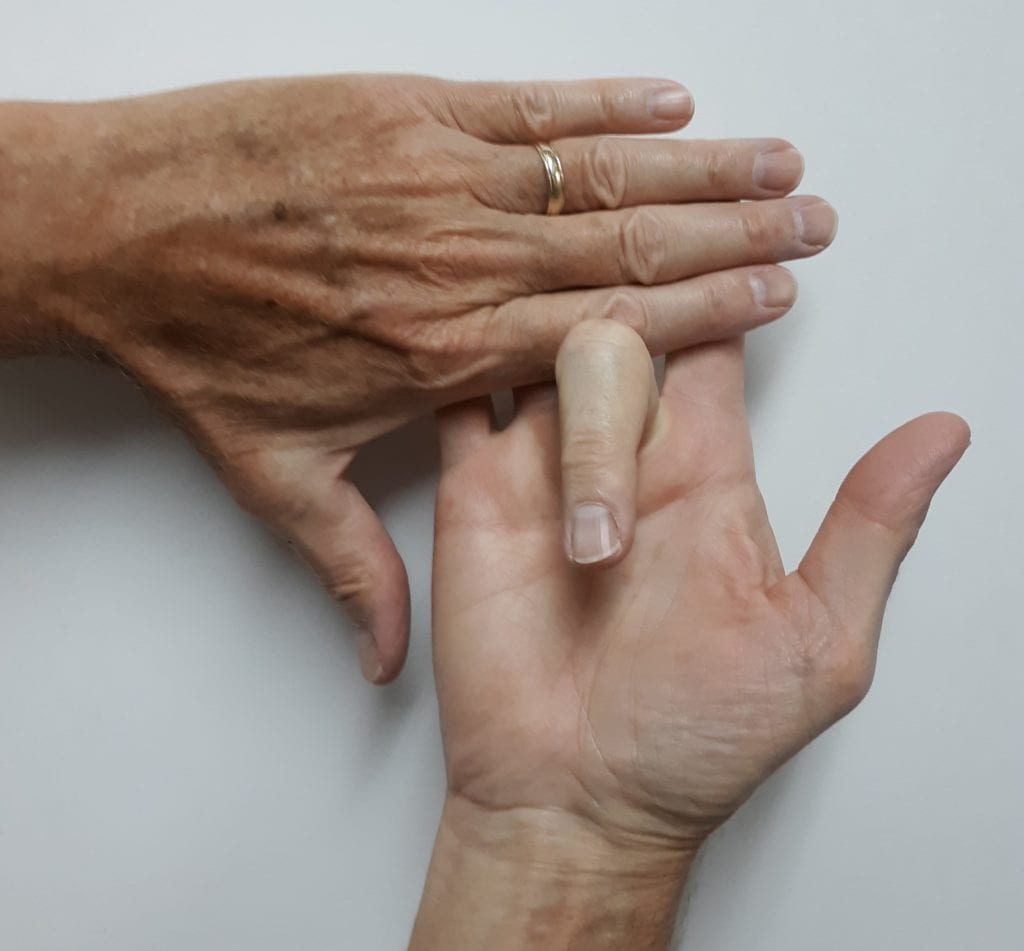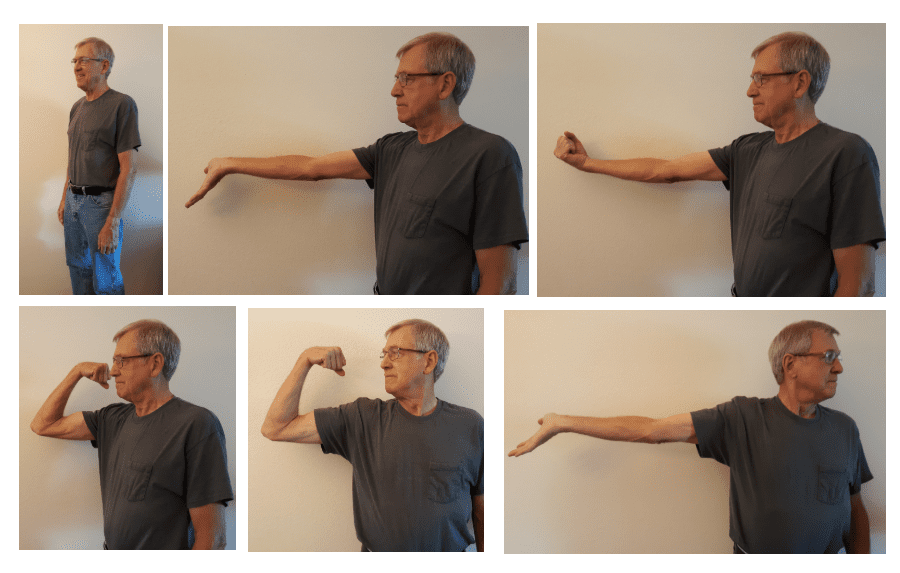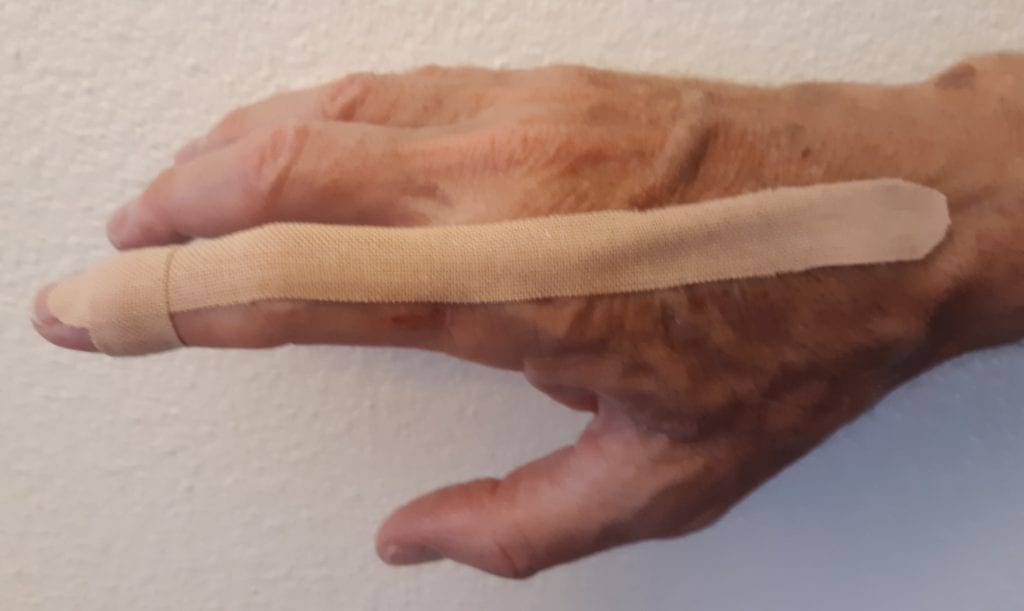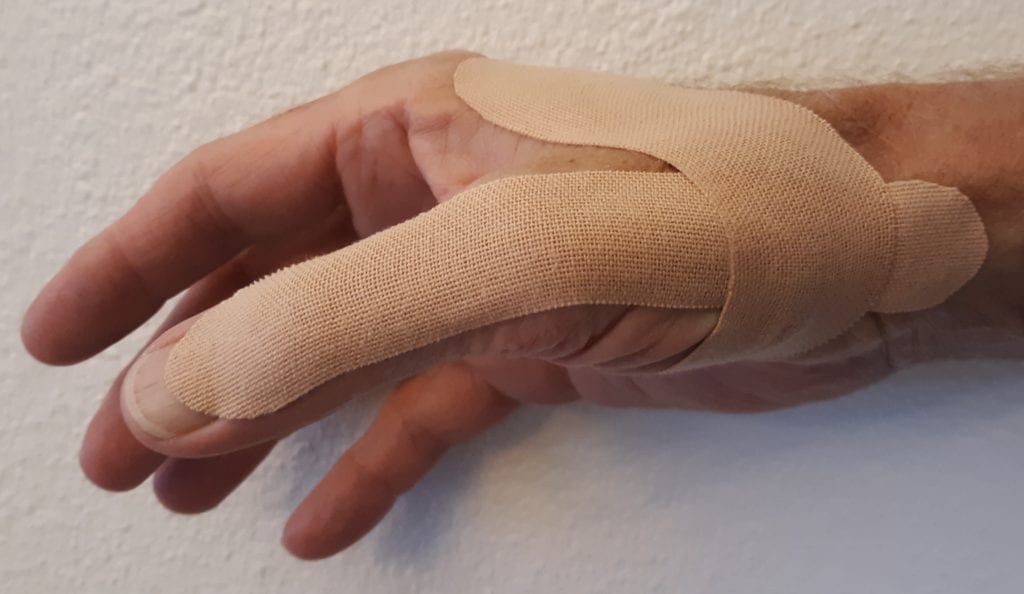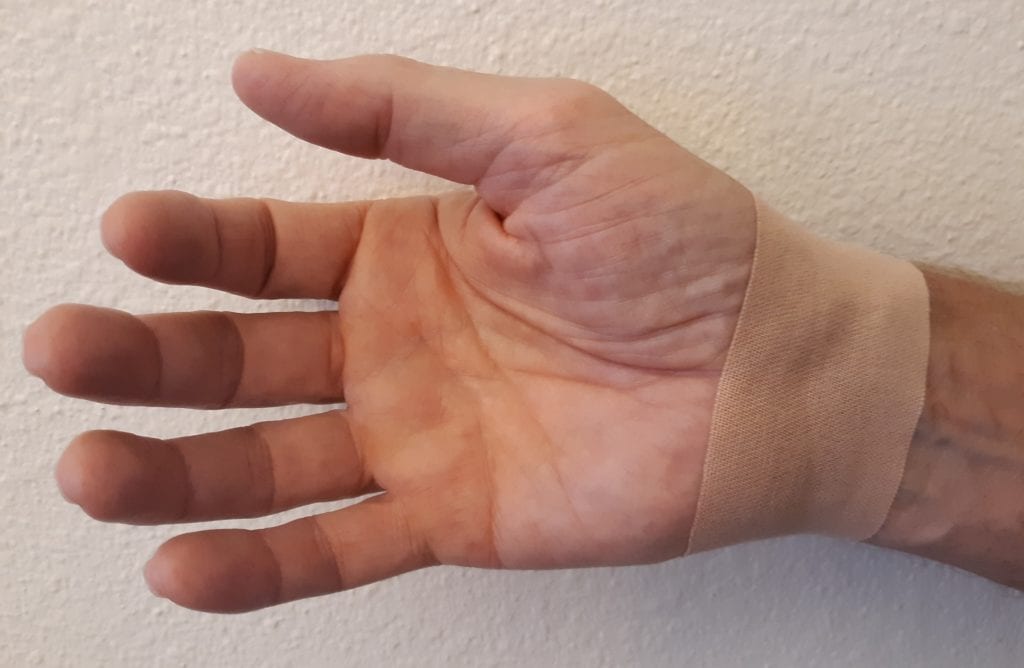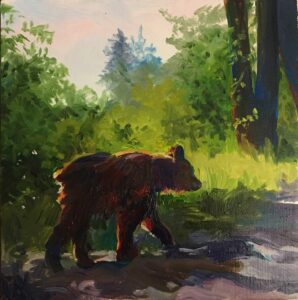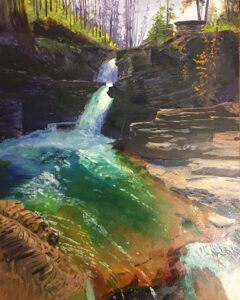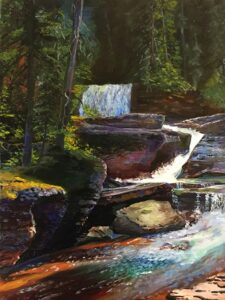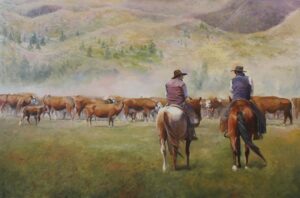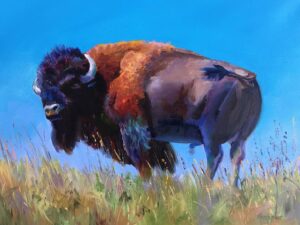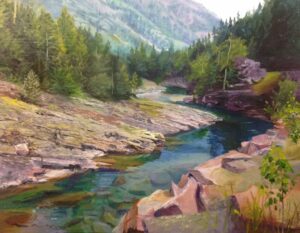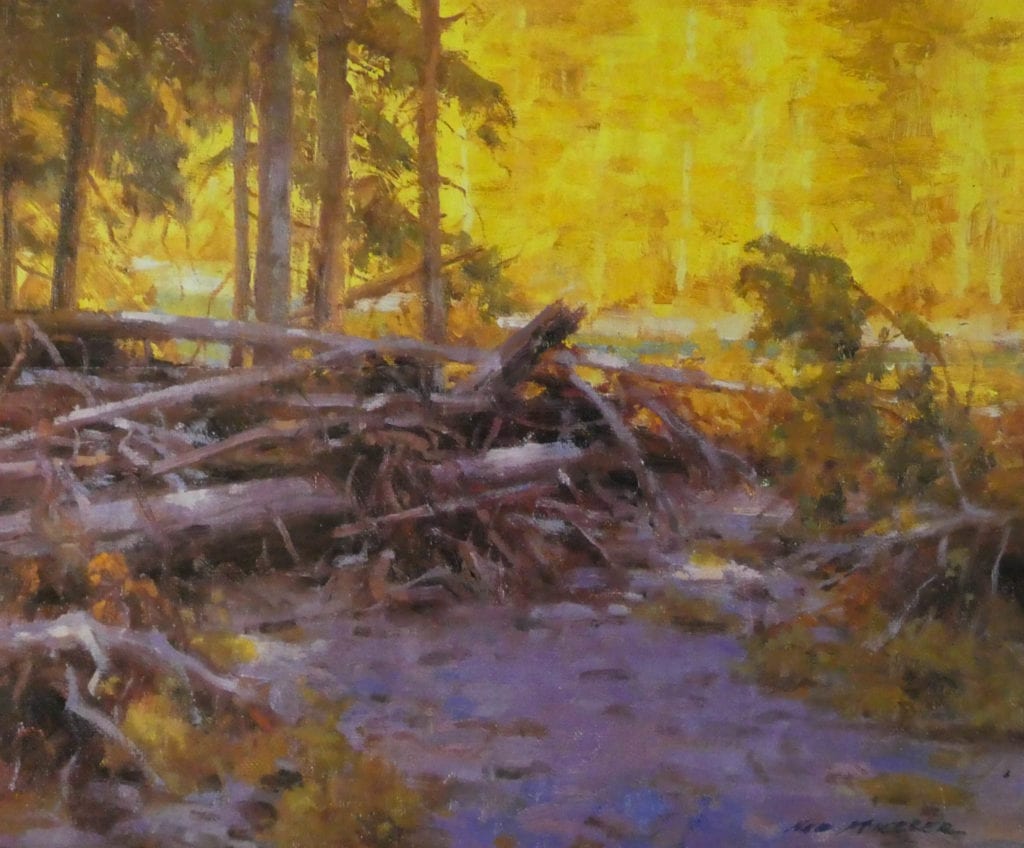
Most of us would like to be creating unique or compelling works of art, or at least something that we can feel quite proud of. However, all sorts of things can either get in the way or just our own financial situation can inhibit us from doing so. For some of us its circumstances, tragedies or whatever, that make it very untenable. I know when I was younger and had to worry too much about paying the bills and it really would affect my work and with a family I needed to be more secure in selling my paintings on a regular basis so I was very tuned in to what kind of subject I was doing and the pricing so that I could be fairly sure that it would sell. This was mostly back in the 1980s and 1990s when the Art Market was more robust and when more collectors were exposed to Art in our school system. Things like the internet were not around and the world was not so small. I was also mostly involved in the “Western Art Market” and it was quite robust with three-legged horse paintings and drooling cows even selling in some of the Galleries and Auctions. I knew that if I turned out an exceptional work of art, it would usually sell within a couple of months.
I was fortunate enough to get a scholarship at one of the best Art schools in the country, The Art Center School of Design in Los Angeles. I was an Illustration major and got some really great training as all of the instructors were working professionals and really maintained the very high standards that it would take to survive in a very competitive career. One of my favorite illustration classes was with a teacher that gave us some restrictive limitations in some of our assignments. We would be given an odd size as 9″ x 20″ and would have subject limitations such as we could only see half of a car, two-thirds of a tree, a house, etc. It made us think differently as to being inside of the car looking out, up in the tree or inside of the house or on top of it. Well more exciting things came out of those kinds of assignments than those in which we had unlimited choices. As they say: “necessity is the mother of invention”. It was quite a revelation for me and I often remember that lesson. I always felt that as “Artists”, that was kind of our job… “to see things differently and to present it to the world”. Unfortunately, all of the Art world and buying public and even educated buyers are not necessarily in tuned or so enamored with what we consider “a great invention” or a “unique” point of view! Art is very subjective and that creates some very positive and negative situations for us all. That seems to be the kicker in so much of how one survives to make a living in the Art World. There are a few that are so talented, ingenious and skilled, but most of us fall in the middle range somewhere and really have to diligently work at our craft and figure what will work best just for us.
I want to expound on this “Unique” thing as I think it is something we all would like to do more of, but the reality for most of us is it doesn’t always translate into sales as idealistically we would like it to. I have been a member of the “Northwest Rendezvous Artists” for some years and it has some of the best artists from all over the country and each year the 30 to 35 members would vote on our five favorite paintings. We all knew each other fairly well and had some idea when a member really came through with an exceptional work of art and so we would vote accordingly. I think most artists are a fairly good judge of a good or great painting, and I believe even more so if they are pretty darn good artists themselves. So anyways, each year the top five were chosen and invariably most of the time those paintings did not sell. That is a heartbreaker to see and I just tell this tale as what one would think, those works of Art would be cherished for, but not the reality of it. I have seen it happen in other shows. I have been fortunate to have been invited to some really fine exhibitions where some of the artists were really pushing the envelope and doing some creative work making me feel like my own was looking rather mundane! It at least got me inspired to think about what I could do if I could at all! To try and put a little more “interest” in my own work.
The main point here is that one must WANT to do that in one’s own work, certainly not necessary. So what if one is selling most of their so-called “mundane” work, isn’t that all quite good anyways? When expressing my disenchantment to other artist friends I would get various responses from “you are doing great..just keep fine-tuning what you do” or “sure, why not, try and do some different things”. All of it would get muddled with, should I change my style, get more sophisticated ideas, and how does one do that? Different subject matter? Jeez..I was already doing some of that, probably not the “sophisticated” so much; and I was also doing the work in different mediums! Many of us struggle with most or at least some of these things in growing as an artist. The main thing is we have to be somewhat true to ourselves and even that can present a problem to those of us who are more insecure about our own work. I kind of ended up compromising, I have mainly been fine-tuning my style, and looking for more unique compositions or viewpoints and different subjects. But still in the back of my mind I sometimes think, is there a hidden, wild abstract expressionist being repressed, that pure inner child? I kind of doubt it!
I have included some of my paintings, that..and the important point..for me was doing something unique, at least unique for me! I should mention that often I have gotten some big awards with them and usually because they were somewhat different from the general run of the mill entries.
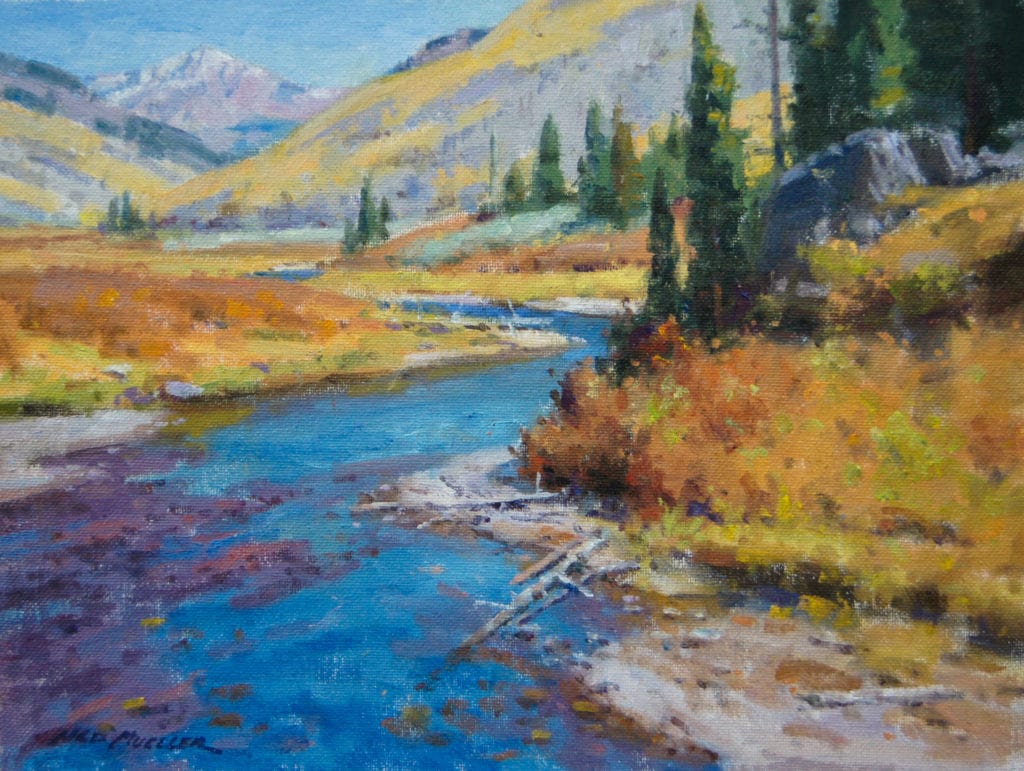
This first image is an example of a subject and composition that I generally do, a typical mountain stream, pine trees, and some rocks. At least an interesting arrangement of shapes and colors but nothing very “unique”.
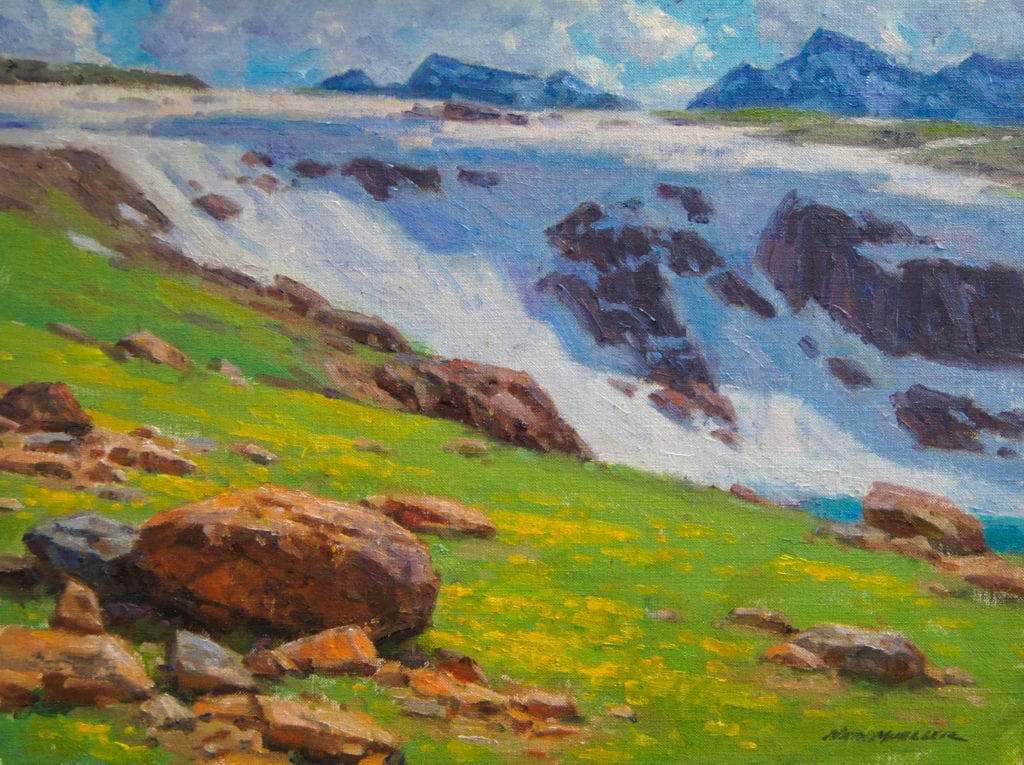
Getting a little better. This image is a landscape of a mountain setting but with more emphasis on the “abstract” arrangement of rocks and snowfield.

A little different, nothing that hasn’t been done before, just lined up figures on the far side of the picture frame, but not having to have everything happening within the picture frame. In a way, the single flower on the steps on the right..helps balance everything.
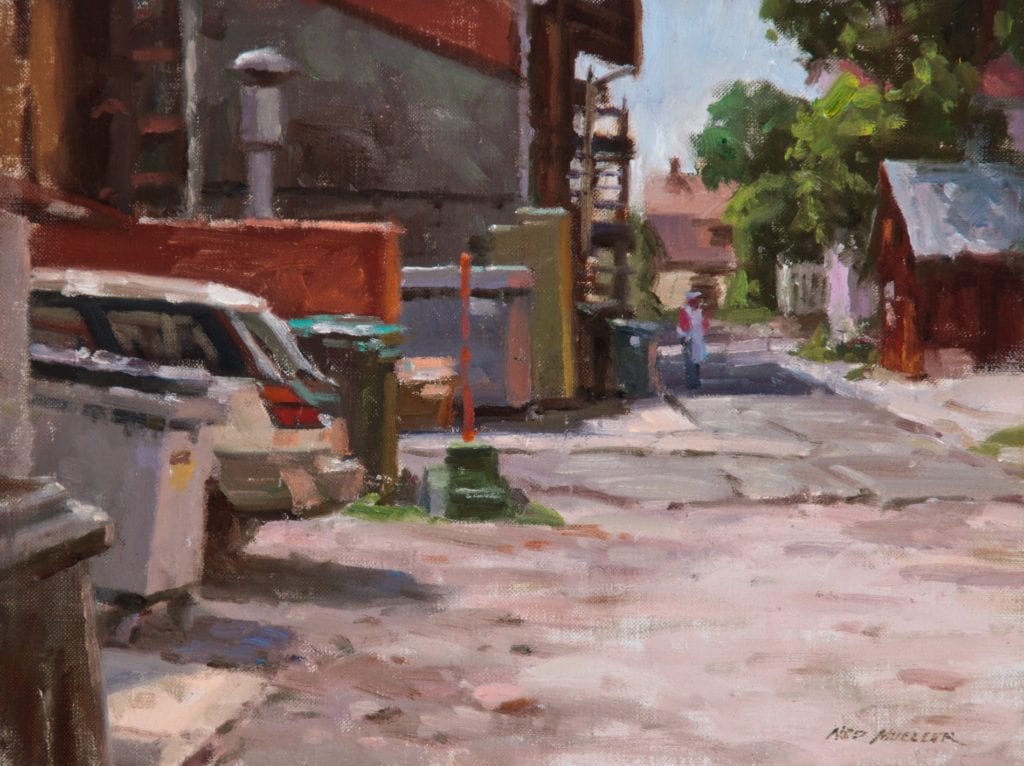
Now I’m getting somewhere, at least subject wise. This was a plein air painting I did in a plein air event in Telluride, Colorado (did not sell it and still have it) but I entered it in the “Outdoor Painters Society” show and it got “Best of Show”…$5000! As I tell my students “a good painting is an interesting arrangement of shapes, colors, and edges- regardless of the subject”, and it could apply to abstracts also! The judge saw it as that, even though it is a back alley of garbage cans, dumpsters, broken pavement, and the rear end of a car!
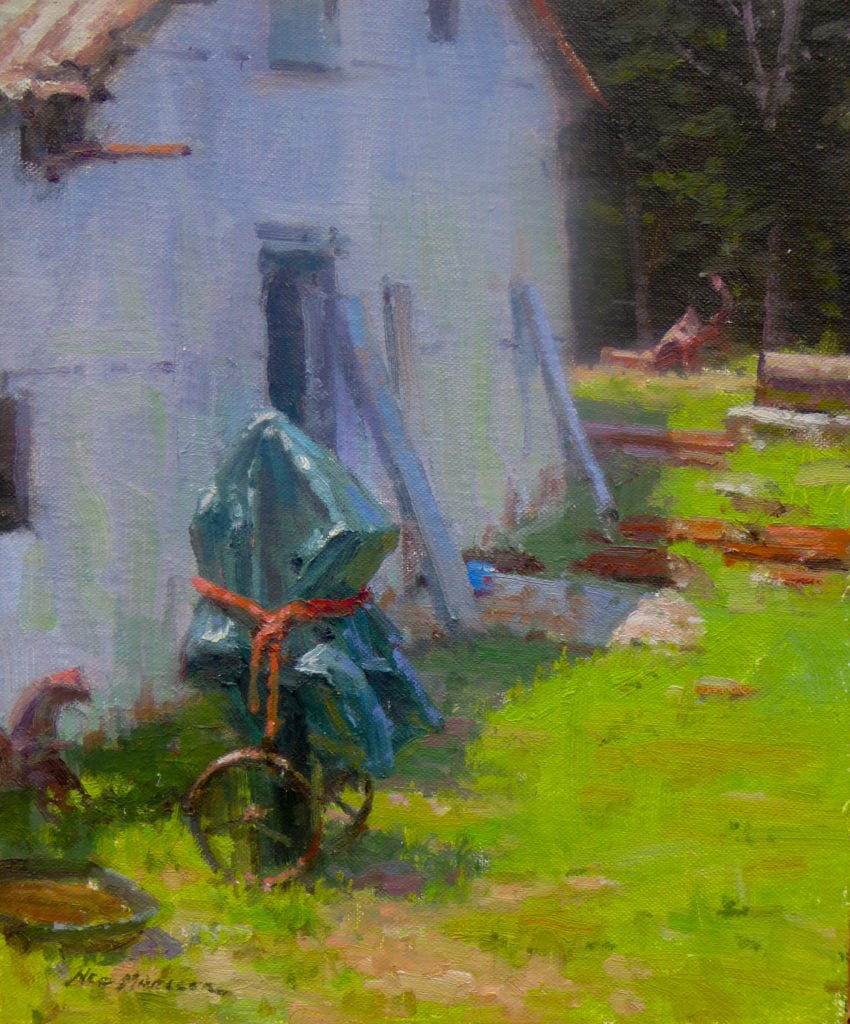
This image was from a plein air event in Annapolis a few years back. As I am in the habit of looking for something unique, I had just finished a rather mundane painting and walked onto this scene. An old oyster shack with some junk laying around and this odd machine that had a bright green tarp wrapped around it. As soon as I saw it, I knew that I would get a good painting out of it. I was really fascinated and excited and enough of an edge of doubt that I thought it came out darn good. Fairly well-executed and unique and it got second place in the show! I later sold it to another artist!
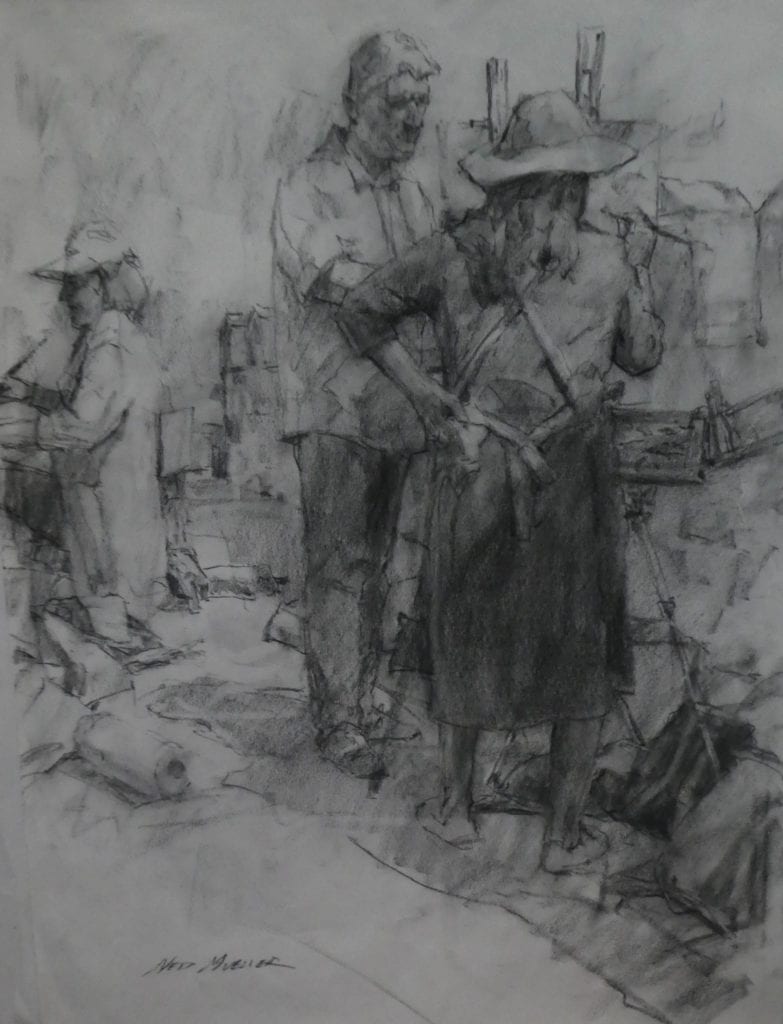
I wanted to include this image and add a side note if I may as it has an interesting story and history behind its execution. The “Quick Draw” has always been a big crowd pleaser and it originated with a group of artists that I have been affiliated with, “The Northwest Rendezvous Group”, where we use to have our annual exhibitions in Montana. I was not a member at the time, but we would have a campout and paintout the week before the exhibition, somewhere nice in Montana. The first few years the campout was in the Madison Valley, just Northwest of Yellowstone Park.
We would invite models to the campout, including Mountain Men, Indians, Cowboys, with their horses, Tipis and such. A wonderful gathering of artists and subject matter suited for one of the top Western Shows. Artist, Robert Morgan (May he rest in peace) had the ingenious idea to invite the collectors to the campout and watch the artists create a drawing within 30 minutes and then auction off the work. It was mostly to let the artists show off their drawing skills and so that the artists literally have enough money for gas to get home!! Well, the quick draw has changed in so many ways now, mostly all painting and for much longer periods of time. In fact, the Rendezvous show has recently given us artists up to 5 hours to do a work and those who do not paint from life could bring in a painting two-thirds done and finish them off at the Quick Draw. Anyways, I have done a lot of quick draws over the years and everyone does them in paint, including me. Well for some reason I thought, wouldn’t it be nice and “Unique” to go back to the original intent. After all it is called a “Quick DRAW” and so I did a drawing of the other Plein Air artists. In fact, I had so much time, I did three drawings, and lo and behold I got First Place and could have sold the drawing three or four times! Very grateful that we had a judge that understood the importance and uniqueness of a drawing! Just this last summer, I did a drawing for the Quick Draw in the largest Plein Air Event in the world in Wexford, Ireland and got a second-place award.
This drawing shown, of Some Plein Air artists I also did at this last summers “Art in the Open” in Wexford and got picked as the “Best Drawing” in last month’s Plein Air Salon. I am mentioning these awards I have gotten to emphasize that often the judges are looking for something different. I have juried a lot of shows and one sees a lot of the same paintings, same subjects over and over again and so most judges are looking for something, not just well done, but also has that “Uniqueness” that so many of us are looking for. I realize so much of this has been about my experiences but I am familiar with the circumstances and the motivation behind them and at least hope that you might be able to use it to spark that part of you that calls out for trying to be a bit different… certainly at least different for us and whatever form that may be.
A few last words… I think a lot of this idea of being “Unique” can radiate from trusting our own instincts. Those thoughts and impulses that come from our deeper selves. We need to trust and listen to them as they often are things that seem right at the time and only for us and our “unique” vision. Beginners usually have to concentrate so much on developing their skills, they just don’t have the inclination to consider their instincts, but with growing skill confidence those instincts can be more trusted and more readily paid attention to. I would love to hear some of your comments, both agreeable and not so, and anything in between! Thanks for lasting this far, I hope that you enjoyed this blog and best of luck to you in your endeavors!
I have a Facebook group where I have demonstrations and videos of my processes including portraits, figures, studio, and plein air landscapes along with explanations of demos and references I use and why and how I put them together. I have been teaching for over 50 years and painting for 75 years and so have a lot of experience, knowledge and some wisdom to share. I am also a “Designated Master” with both the Oil Painters of America and the American Impressionist Society and I love to share my process with others. You can go to this link: Ned’s Artist Buddies or go to my website at www.nedmueller.com and click on works and then Artist Buddies. It is a very good deal!
